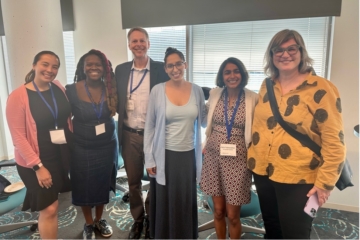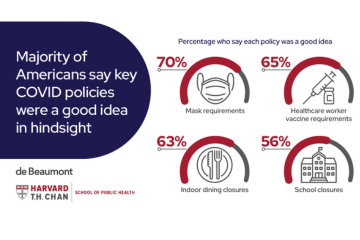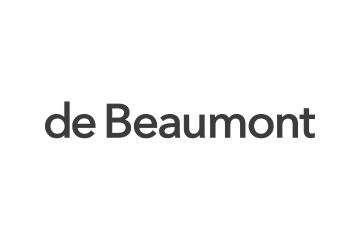
While governmental public health may not be a business, these skills are just as critical to success. However, in the Public Health Interests and Needs Survey (PH WINS), a nationally representative survey of the state and local governmental public health workforce, only 43 percent of respondents say creativity and innovation are rewarded in their organization. Whether it is small adaptive changes or major breakthroughs, the workforce must be given the space to create and innovate to generate new ideas and solve complex public health problems.
There are organizational benefits as well. Workers who say creativity and innovation are rewarded are almost twice as likely to be satisfied with their job, their organization, and even their pay. This is particularly important since the public health field faces an alarming rate of turnover. Rewarding creativity and innovation could be a key to improving morale and retention for state and local agencies.
Leaders in state and local public health agencies should commit to creating environments where workers can be flexible and can test and try options and approaches, within reason. To create environments that better support creativity and innovation, agency cultures must motivate employees to problem solve, create, and share across the organization and learn. There are lessons to be learned from the corporate world. Many companies promote collaboration and shared problem-solving, setting aside time for innovation and learning and promoting cross-functional teams to solve common challenges and reduce performance barriers. Governmental public health agencies should follow suit if they are truly interested in improving health outcomes, boosting employee satisfaction, and reducing intent to leave.
To learn more, read “Unleashing the Creativity and Innovation of Our Greatest Resource: The Governmental Public Health Workforce” from the Journal of Public Health Management and Practice.
And listen to a podcast I did with Tiffaney Brown, director of staff training and development at the South Carolina Department of Health and Environmental Control, which raised its PH WINS creativity and innovation scores by 20 percent from 2014 to 2017. We discussed national workforce trends, how creativity and innovation influences job satisfaction, and how the Department of Health and Environmental Control has built a culture of creativity and innovation.





